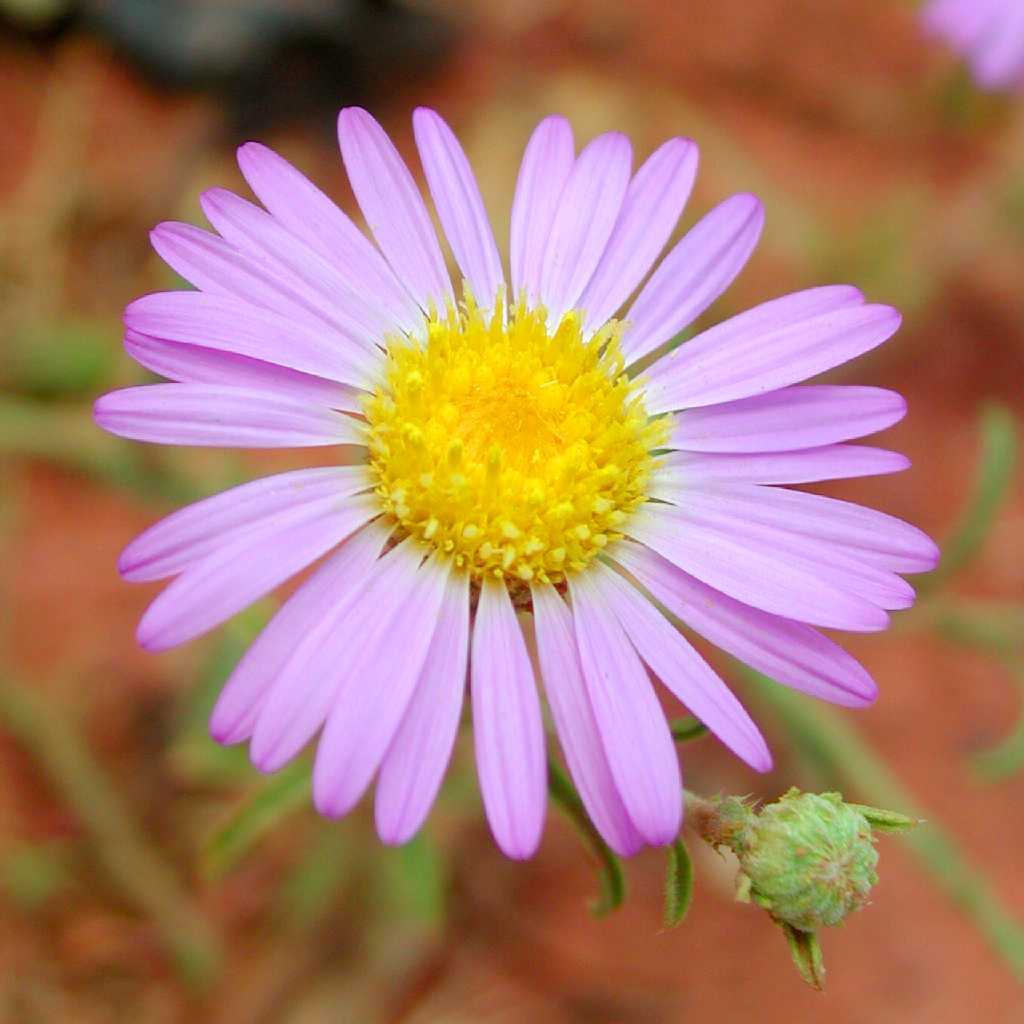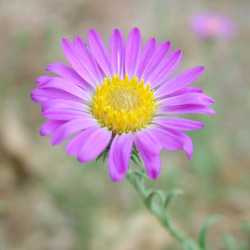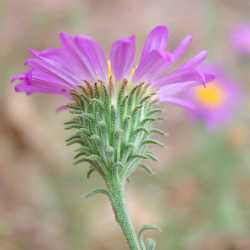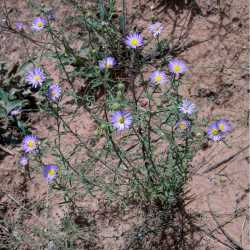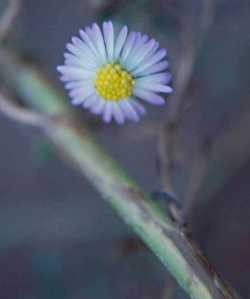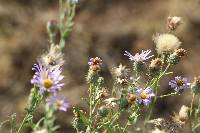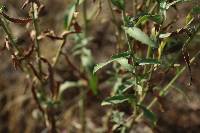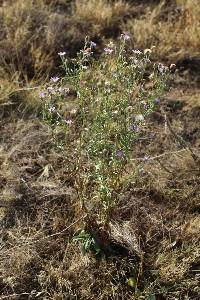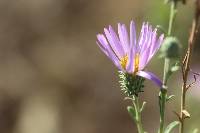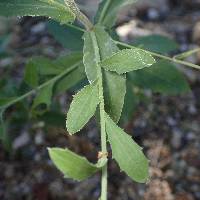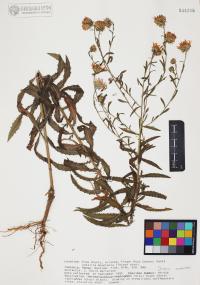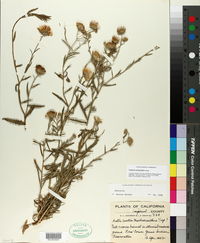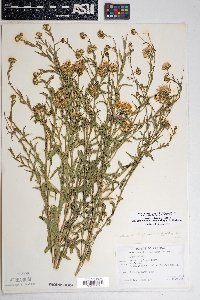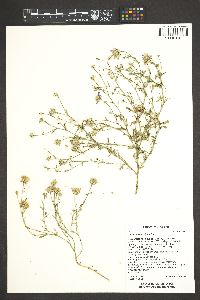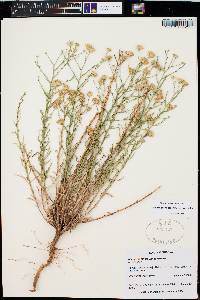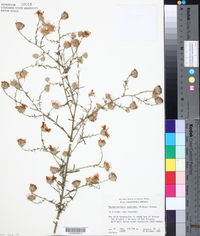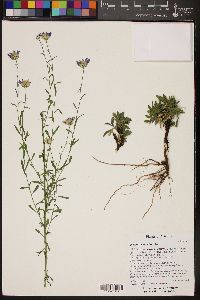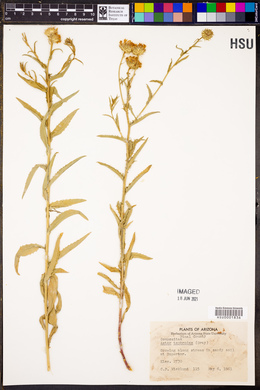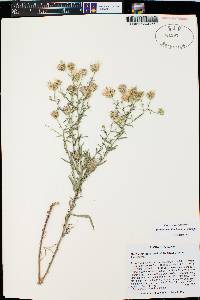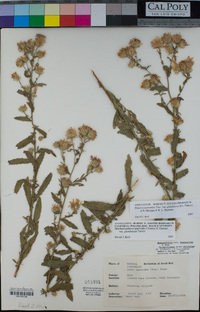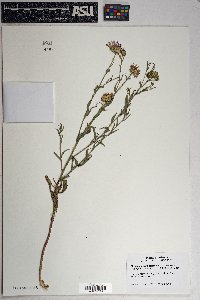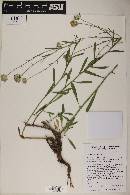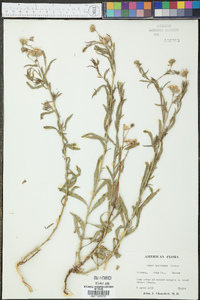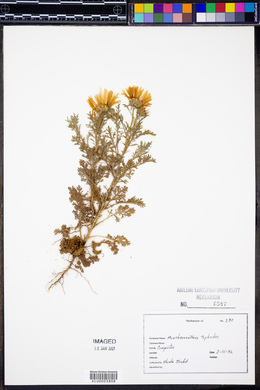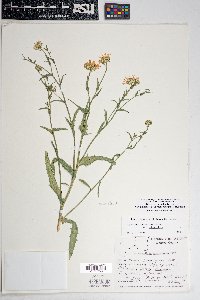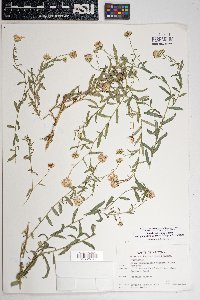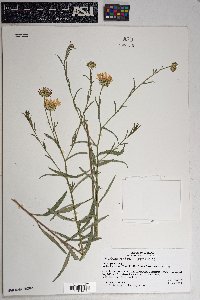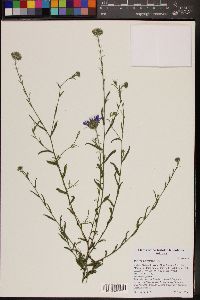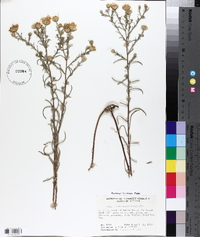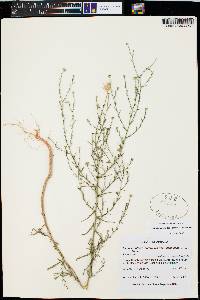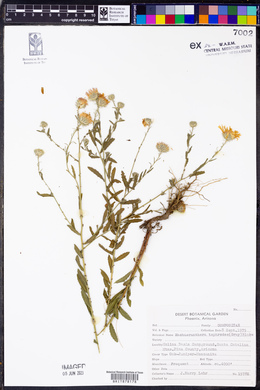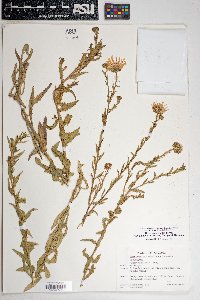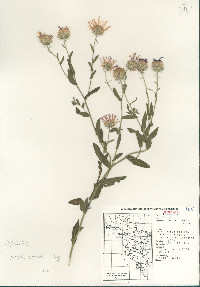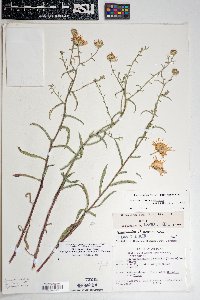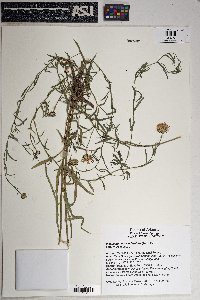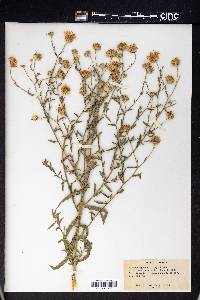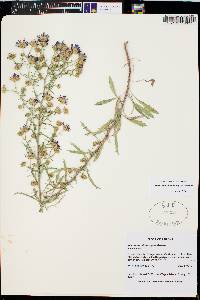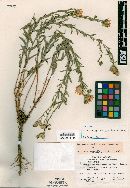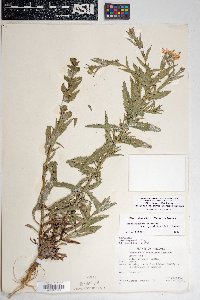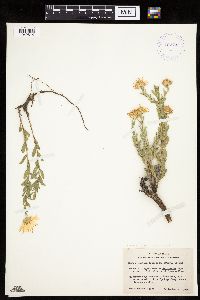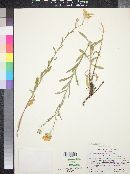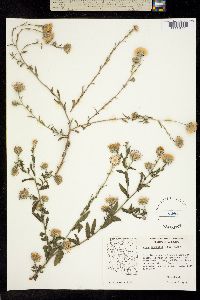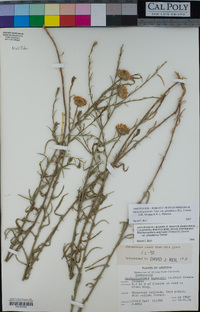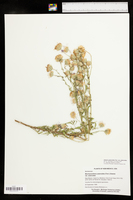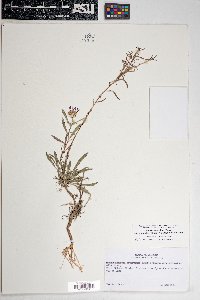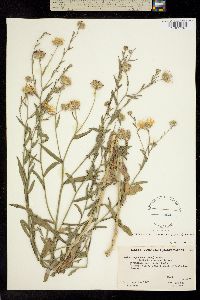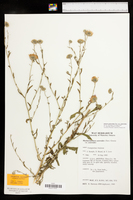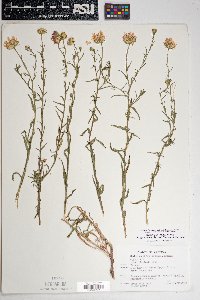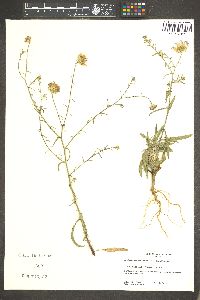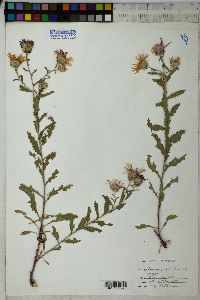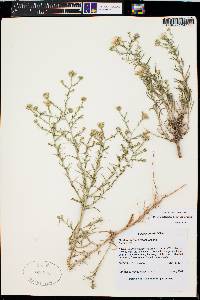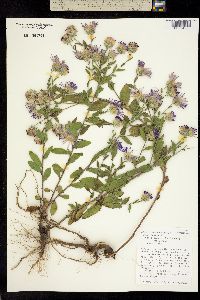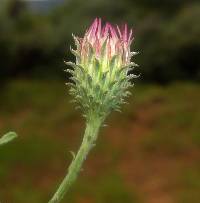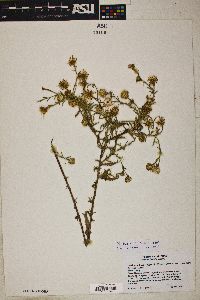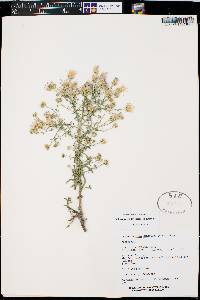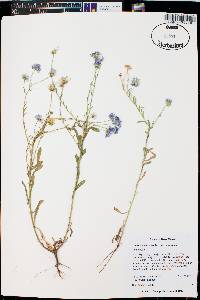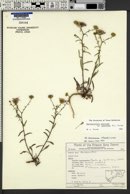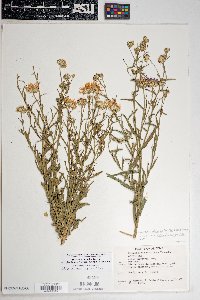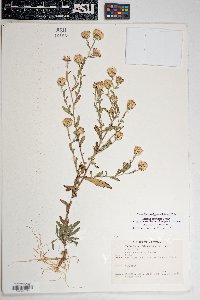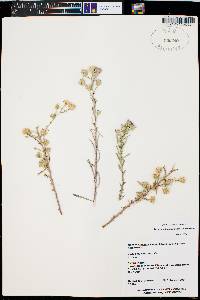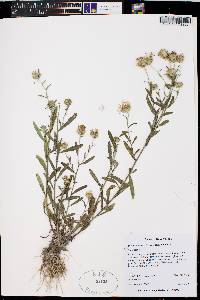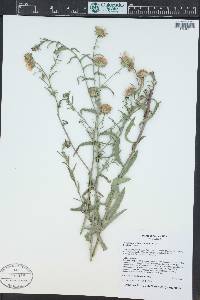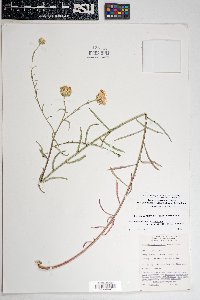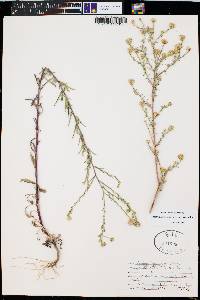Dieteria asteroides
|
|
|
|
Family: Asteraceae
Autumn False Tansy-Aster, more...fall tansyaster, aster, hoary aster, New Mexico tansy-aster, New Mexico tansyaster
[Aster amplifolius (Woot. & Standl.) Kittell, moreAster canescens var. latifolius (A. Gray) A. Gray, Aster canescens var. tephrodes A. Gray, Aster tephrodes (A. Gray) Blake, Machaeranthera amplifolia Woot. & Standl., Machaeranthera asteroides (Torr.) Greene, Machaeranthera asteroides var. asteroides x glandulosa , Machaeranthera canescens var. latifolia (A. Nels.) Welsh, non A. Gray, Machaeranthera canescens var. tephrodes A. Gray, Machaeranthera hansonii A. Nels., Machaeranthera lagunensis Keck, Machaeranthera pruinosa A. Gray, Machaeranthera simplex Woot. & Standl., Machaeranthera tephrodes (A. Gray) Greene, Machaeranthera verna A. Nels.] |
Biennials or short-lived perennials. Stems, branches, and peduncles usually hairy, puberulent, or canescent, often sparsely stipitate-glandular (glabrous or densely stipitate-glandular in var. glandulosa). Leaf blades lanceolate to oblanceolate, mid 20-100 × (2-)6-20 mm, margins entire to irregularly serrate, faces puberulent or canescent, often sparsely short-stipitate-glandular (densely, stiffly long-stipitate-glandular in var. glandulosa); distal bases cordate to auriculate, clasping. Involucres broadly turbinate to hemispheric. Phyllaries in 5-12 series, spreading to reflexed, apices acute to long-acuminate, 1-6 mm, herbaceous, faces puberulent or canescent throughout (on both indurate bases and foliaceous apices), sometimes sparsely stipitate-glandular (moderately to densely stipitate-glandular in var. glandulosa). Receptacles 3.5-7 mm diam. Ray florets pistillate, fertile; laminae white to purple, 10-20 × 0.8-1.5 mm. Disc corollas 5-8 mm. Cypselae glabrous or moderately appressed-hairy. FNA 2006, Kearney and Peebles 1969, McDougall 1973, Allred and Ivey 2012 Duration: Perennial Nativity: Native Lifeform: Forb/Herb General: Biennial to short-lived perennial herbs, to 70 cm tall; stems often panicualtely branched, especially above the base; herbage hairy (puberulent to canescent) or sparsely to densely stipitate-glandular (covered with gland-tipped hairs) or occasionally glabrous. Leaves: Alternate and sessile along the stems; blades lanceolate to oblanceolate, the mid-stem blades 2-10 cm long; margins usually toothed, the teeth often tipped with tiny hair-like spines, visible with a hand-lens; surfaces hairy (puberulent of canescent) and/or stipitate-glandular; upper leaf bases often clasping the stem. Flowers: Flower heads showy, radiate, purple with yellow centers, arranged in terminal panicles; involucres broadly turbinate to hemispheric, 8-10 mm high, the bracts (phyllaries) in 5–12 series, well graduated in length with the outer phyllaries much shorter than the inner; phyllary bases straw colored and firm (indurate) and phyllary tips green, herbaceous, spreading to reflexed, and acute to long-acuminate; phyllary faces puberulent or canescent on both the straw-colored and green portions, sometimes also stipitate-glandular; ray florets white, lavender, or purple, the laminae (ray petals) 1-2 cm long; disc florets yellow. Fruits: Achenes striate and glabrous to velutinous; topped with a pappus of bristles. Ecology: Found in alluvial soils and on slopes in creosote shrubland and pine-oak and juniper woodlands, below 8,000 ft (2438 m); flowers March-October. Distribution: AZ, CA, NM, NV, and UT Notes: Look for this species under Aster tephrodes in older texts. There are many other synonyms as well, most notably Machaeranthera asteriodes. There have been a number of recent changes in what used to be the Aster genus, and species descriptions from different sources, even recent sources, are in conflict. This species description is roughly in line with the one in Flora of North America (2006), with edits based on which traits were actually visible and reliable on herbarium specimens at Northern Arizona University. There are 3 species in what is currently being called Dieteria: D. asteroides, D. canescens, and D. bigelovii. They are morphologically variable, challenging to distinguish from each other, and often intergrade so that differences described in the keys are not always helpful. D. asterides and D. canescens are the most similar; distinguish between them by looking at the phyllaries with your hand lens. The phyllaries on D. asteroides are hairy all over, on both the straw-colored bottom portion and the darker green tip, are more likely to have glandular hairs, and always have longer green tips, which are about as long as the light-colored portion and spreading so that they point outward or downward. D. canescens has less hairy phyllaries, which are often hairy on the green tip but usually not on the straw-colored base. The phyllaries on D. canescens are straw-colored for the lower two-thirds or more, with short green tips that do not spread away from the flower head or only spread a little. The third species, D. bigelovii, is easier to tell apart from the other two Dieteria spp. It has long narrow linear leaves with few, if any, shallow teeth or lobes, and larger flower heads, the largest flower heads on most plants having involucres about 2 cm or a little more in diameter (usually 1.5 cm or smaller involucres on D. asteroides and D. canescens.) D. bigelovii also has long-acuminate, reflexed (curved downward) phyllary tips, which are often tinged red or purple. Ethnobotany: Unknown. Etymology: Dieteria comes from the Greek di, two, and etos, year, alluding to the biennial duration; asteroides means resembling the Aster genus. Synonyms: Machaeranthera asteroides and many more Editor: LCrumbacher 2011, AHazelton 2017 |
|
|
|

